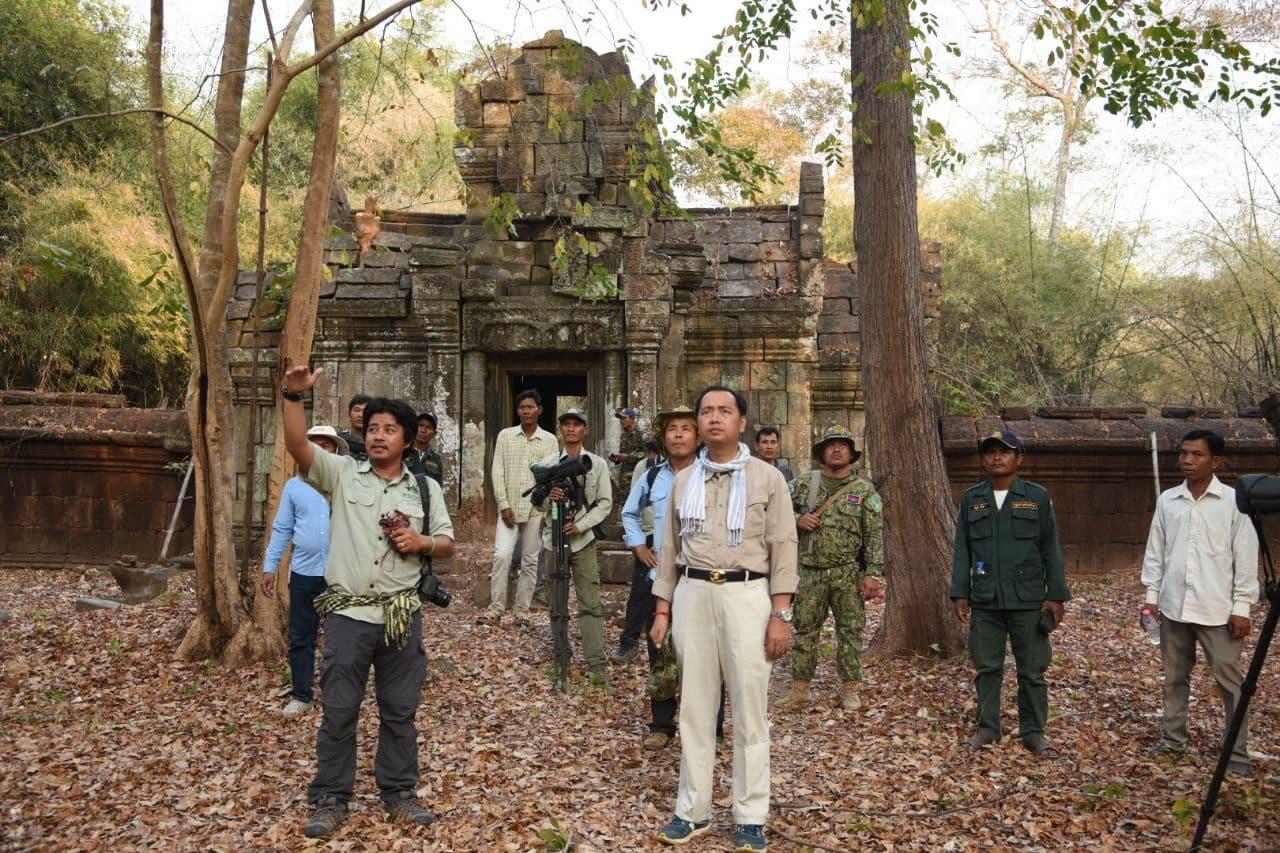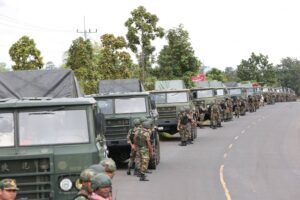Nature and Culture Join for Preservation
The Ministries of Environment and Culture are working together to promote more than 5,000 archeological temples by creating cultural and eco-tourism sites in an effort to raise awareness about their significance.
Environment Ministry spokesman Neth Pheaktra said yesterday that the protected areas and biodiversity corridors are not only rich in natural resources, forests, wildlife and small and large plants of ecological value and biodiversity conservation but there is also archeology, which is a storehouse of culture, traditions and customs of the rich Khmer people.
The current system of protected areas and the Cambodian Joint Conservation Corridor has a total of more than 70 locations covering a total area of 73 million hectares, accounting for 41 percent of Cambodia’s land area, Pheaktra said.
There are currently more than 5,300 temples nationwide with 857 in protected areas, of which 426 are in the Jayavarman “Kulen” National Park in Siem Reap, he said, adding that the number of archeological sites is likely much higher in unexplored forests.
“In order to preserve and maintain these than 5,000 archeological temples for our next generations, the Ministry of Environment is now working closely with the Ministry of Culture and Fine Arts to protect and preserve these archeological sites,” Pheaktra said.
“For this working cooperation, the Ministry of Environment has jurisdiction over the management and conservation of natural resources in protected areas and conservation corridors while the Ministry of Culture and Fine Arts has a role in preserving the protection of archeological sites and temples in those protected areas, such as restoration and maintenance,” he said.
Pheaktra said that these archeological temples are becoming important tourist sites linked to eco-tourism and have been attracting both national and international tourists, such as the Choam Sram temple in the Kulen Prom Tep Wildlife Sanctuary, which is a link between bird-watching tourism and the culture, traditions and customs of the Khmer people.







